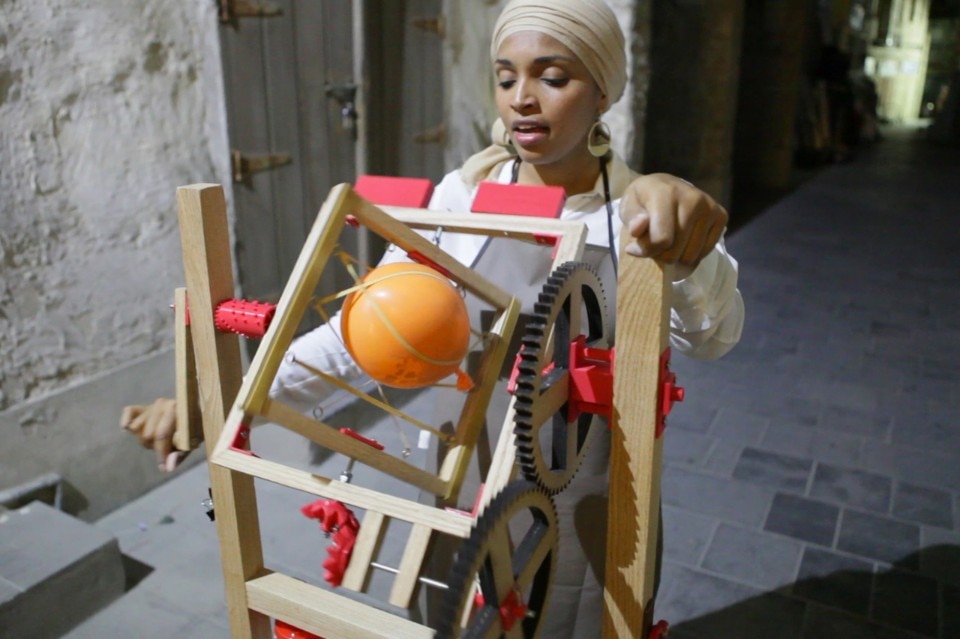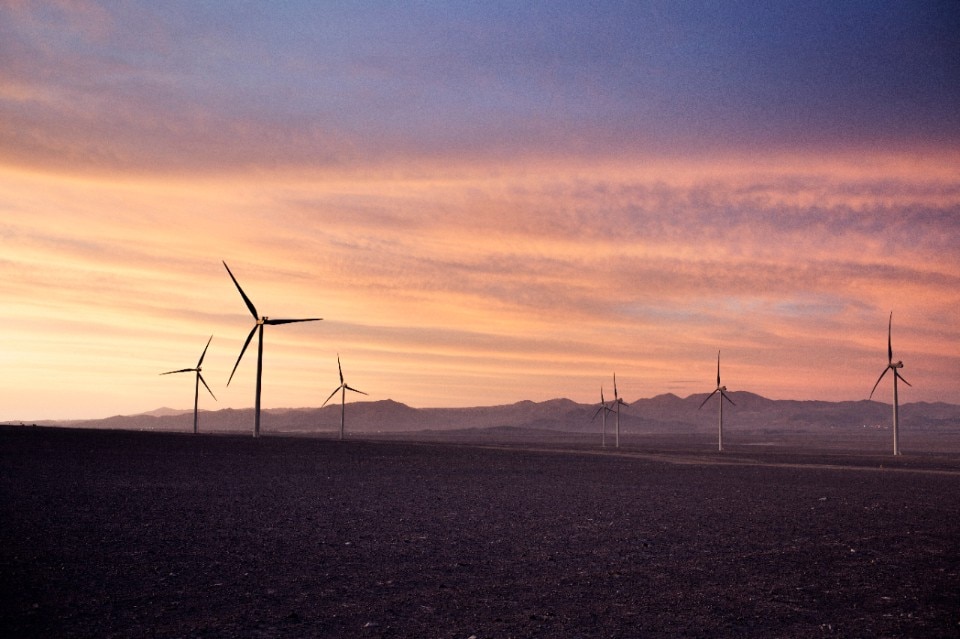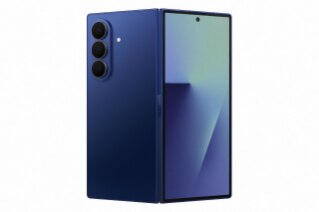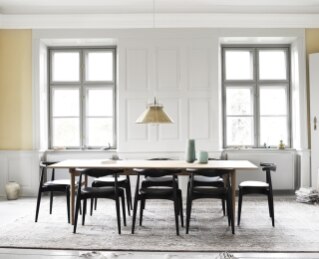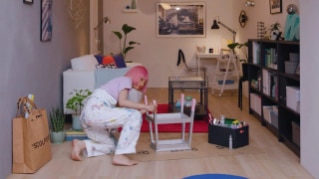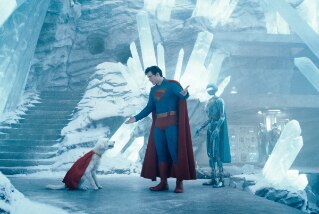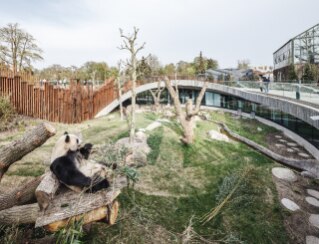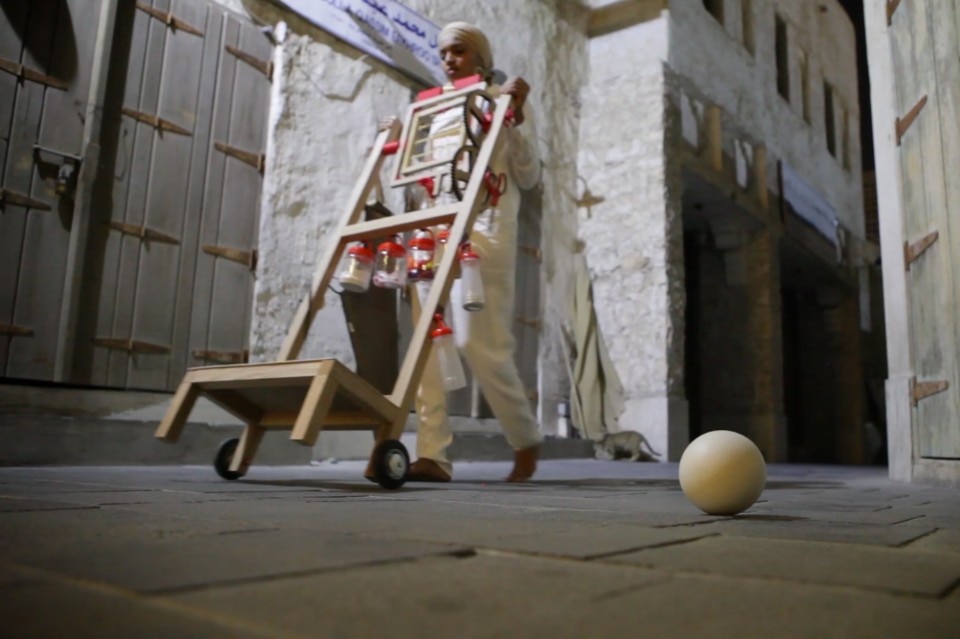
Design Days Dubai is an international design fair with a focus on designers of Middle Eastern origin; Sikka is a fair organised by the Dubai Culture and Arts Authority aimed at discovering new artists based in the Emirates; Galleries Night features more than 40 exhibitions spread across Al Quoz and the Dubai International Financial Centre. All these and other events make Dubai Art Week the hub of artistic action in the Middle East.
The stakes are high as it hopes to make this city the new world capital of culture and creativity, an achievement still far off, of course, and that will take more than money to deliver but the real surprise lies in its capacity for vision as well as production.
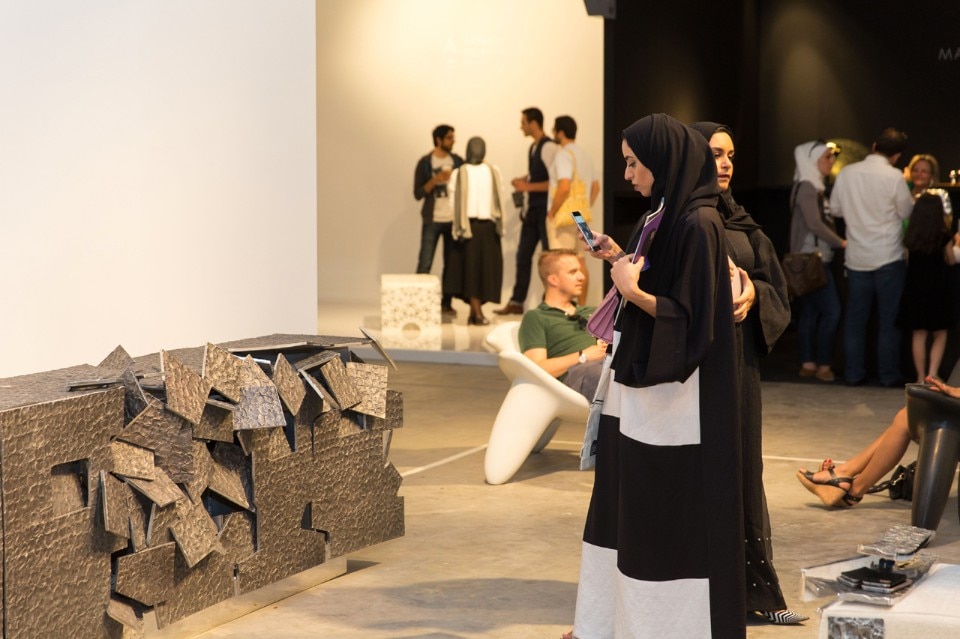
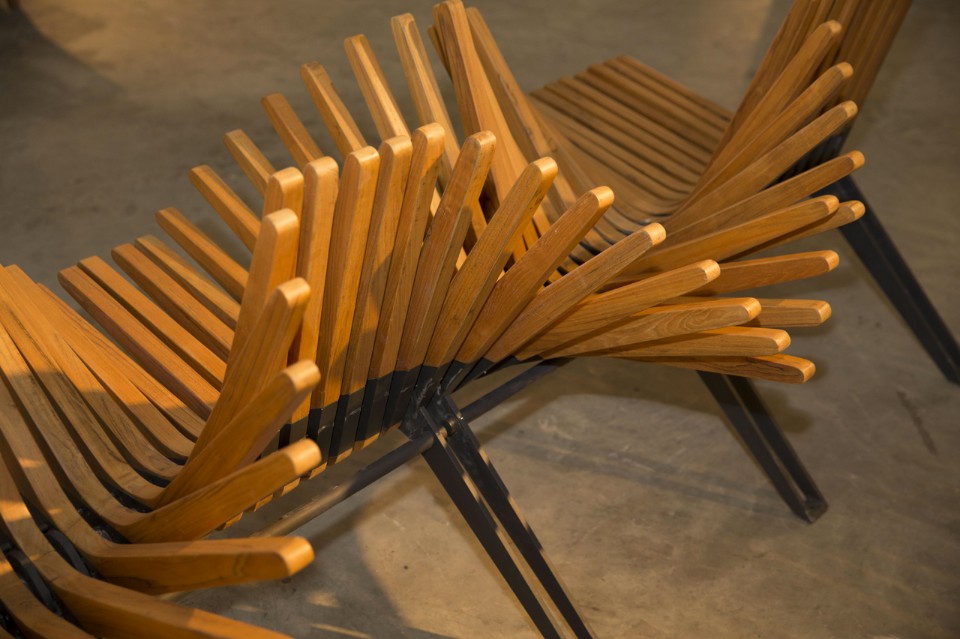
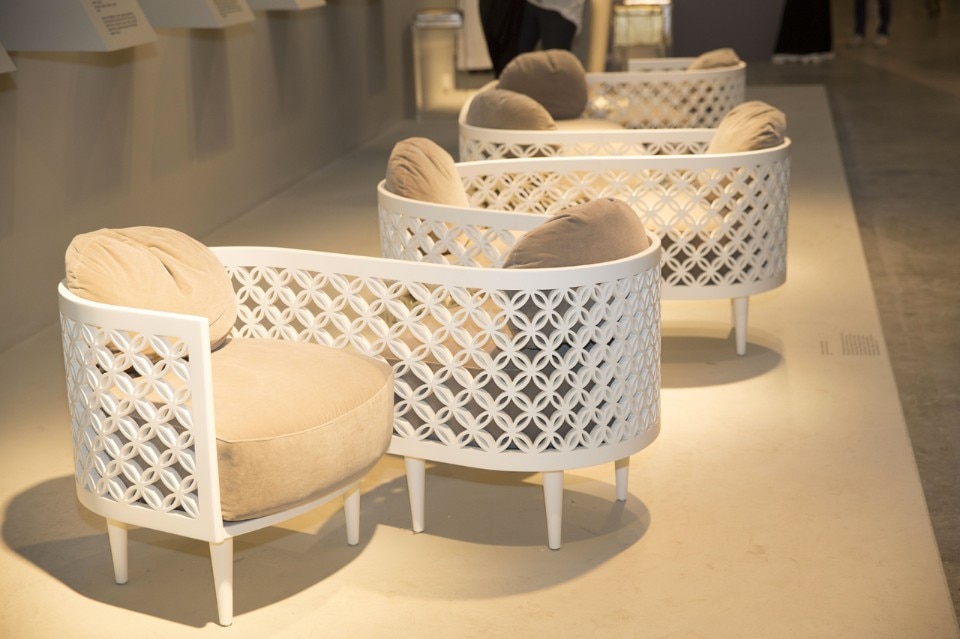
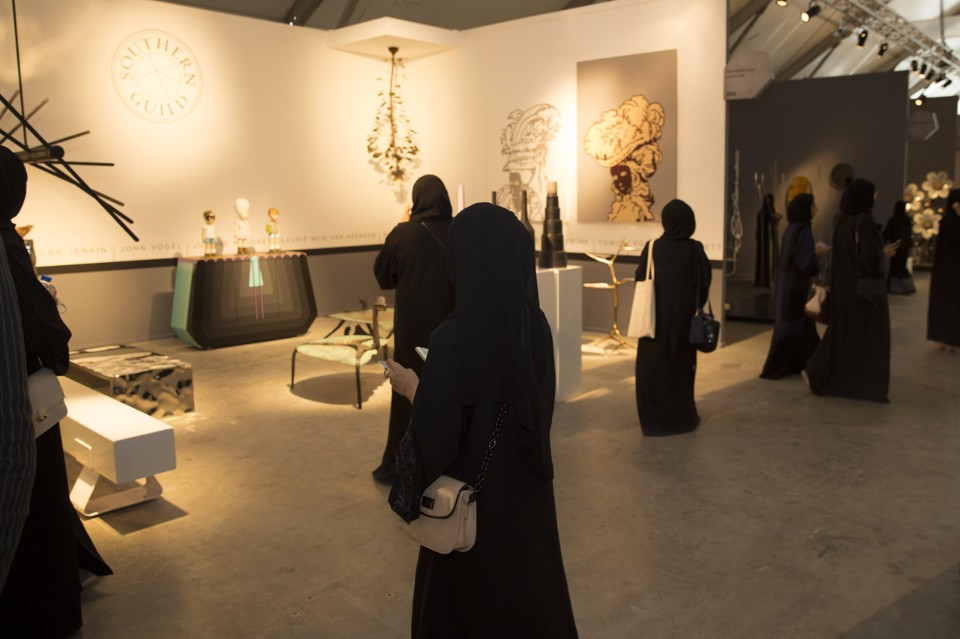
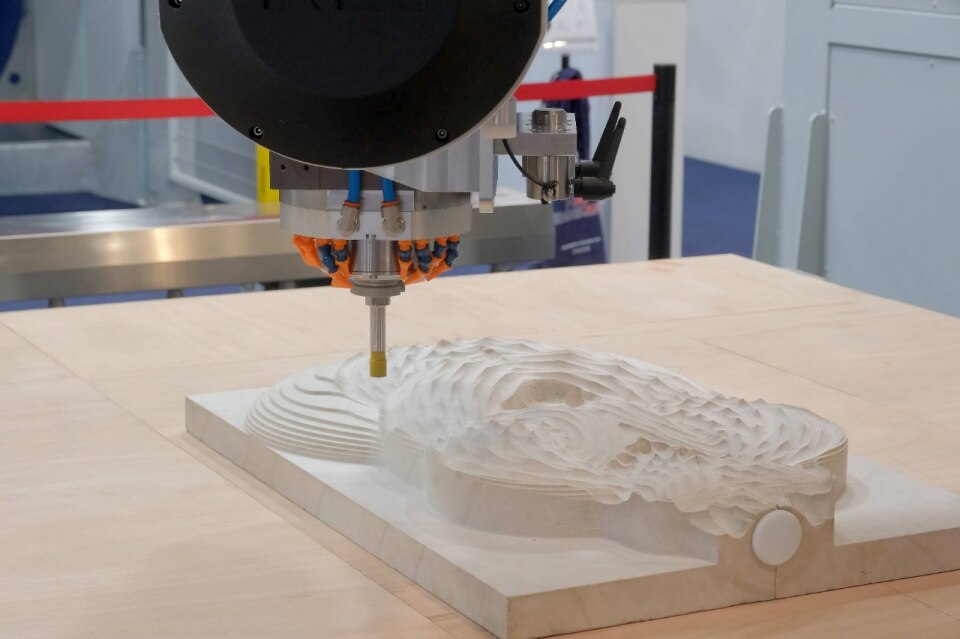
Natural stone is an eternal material
Now in its 59th edition, Marmomac returns to Verona from September 23 to 26 to showcase the role of stone in contemporary design.


